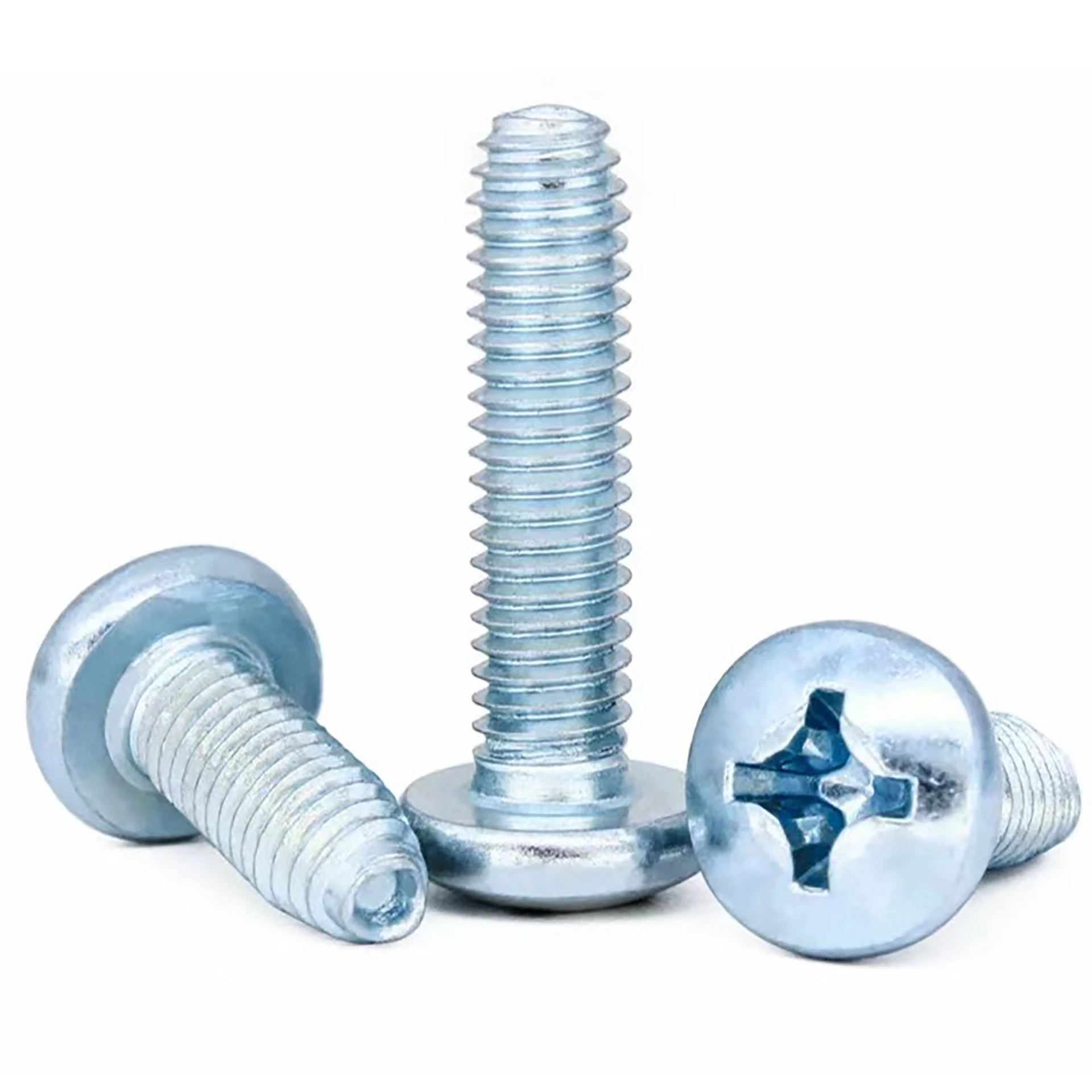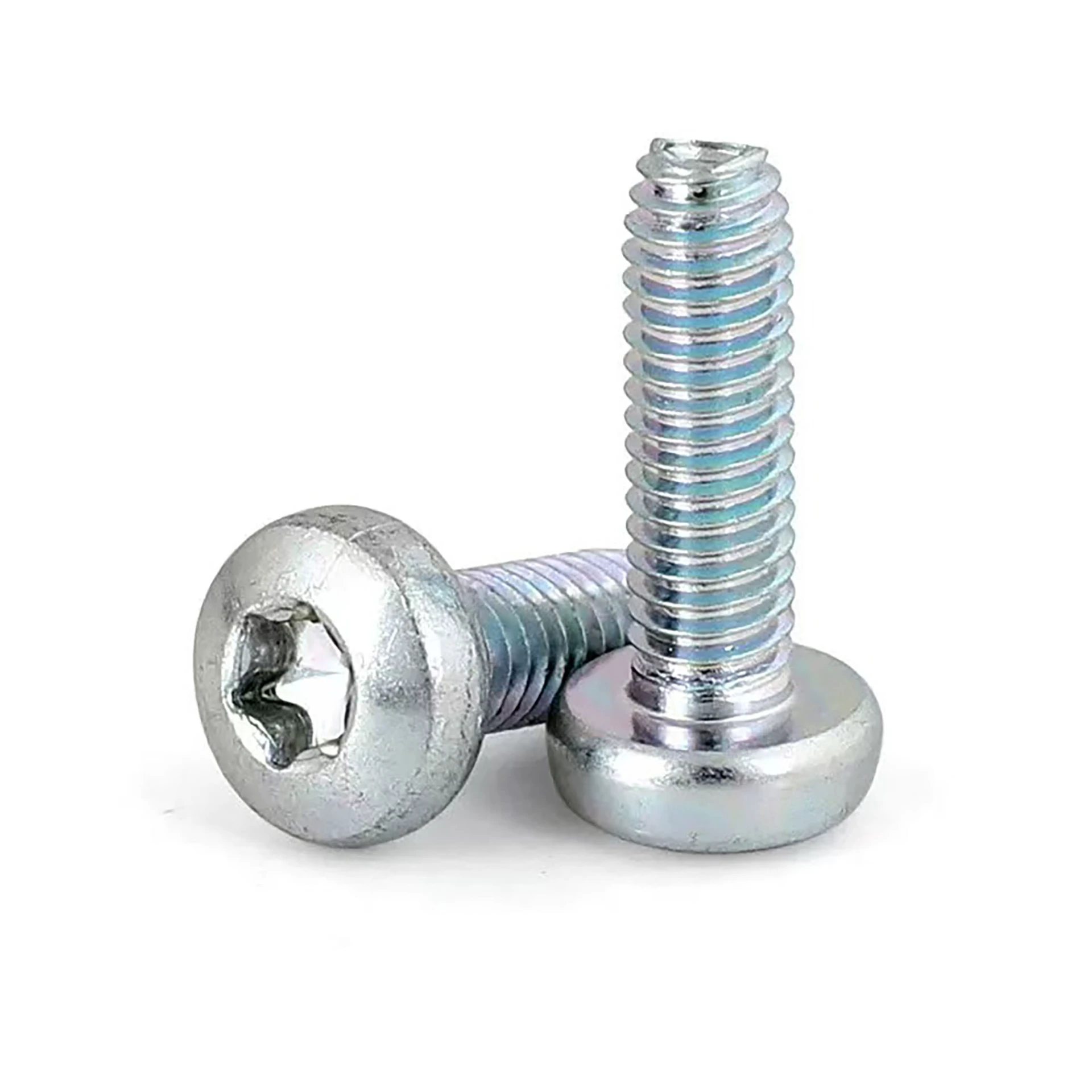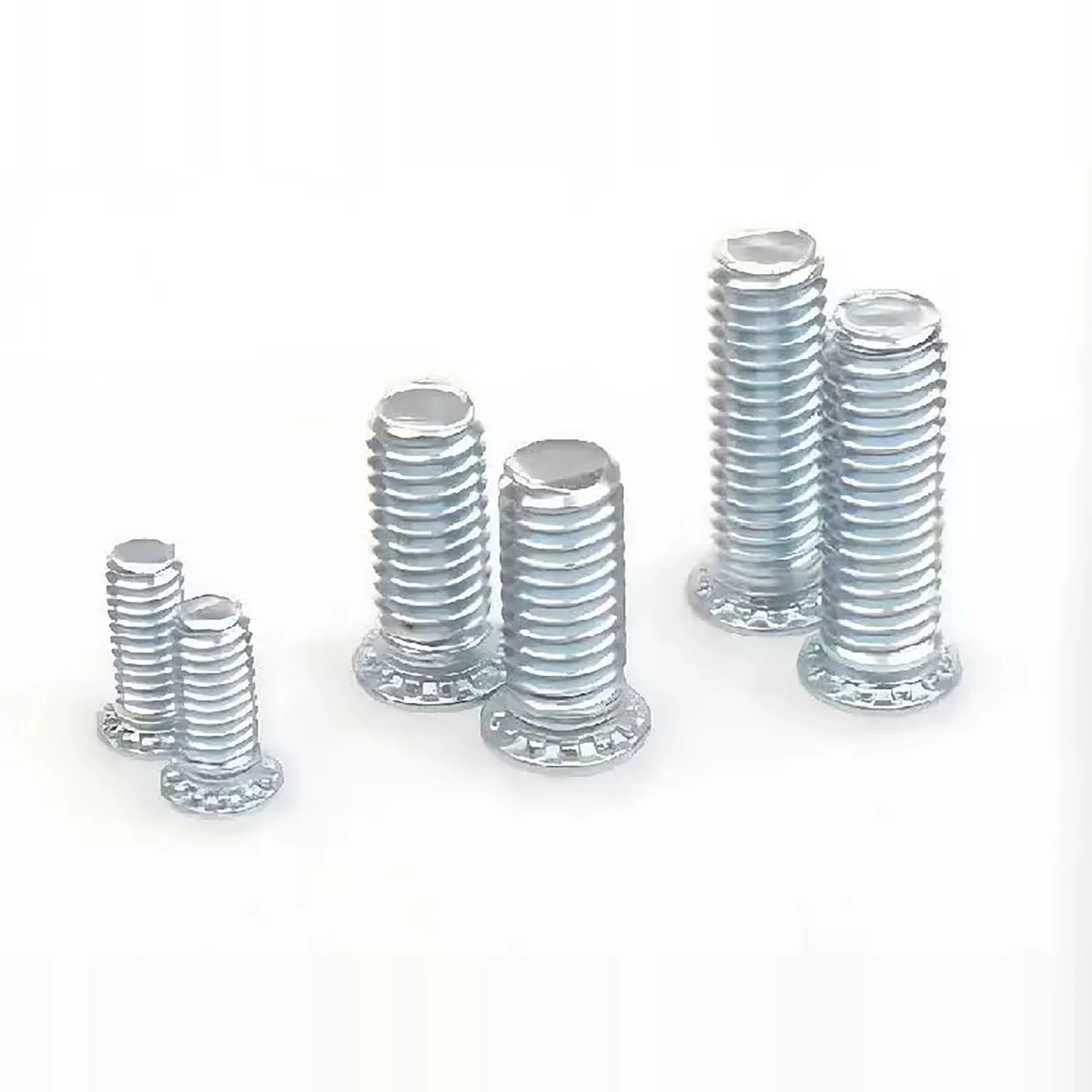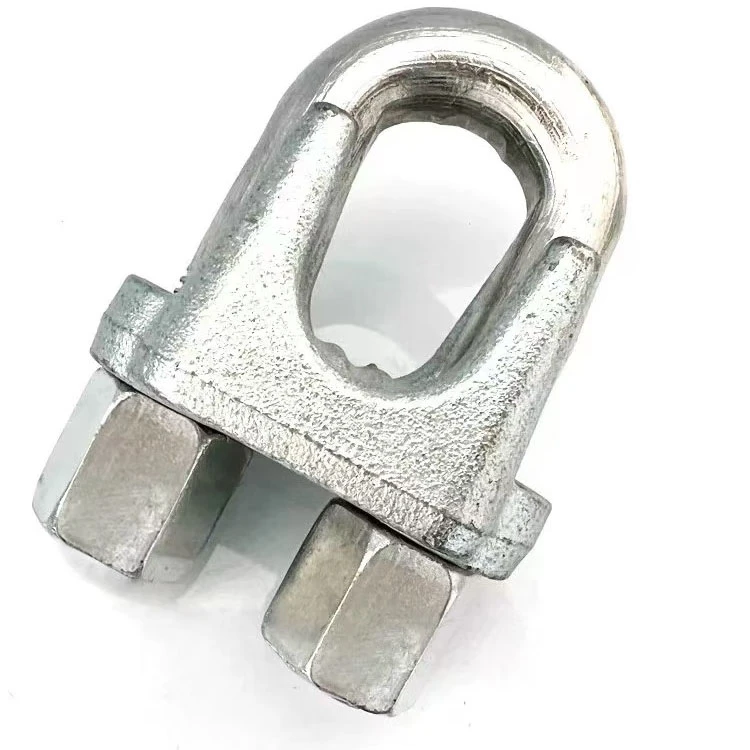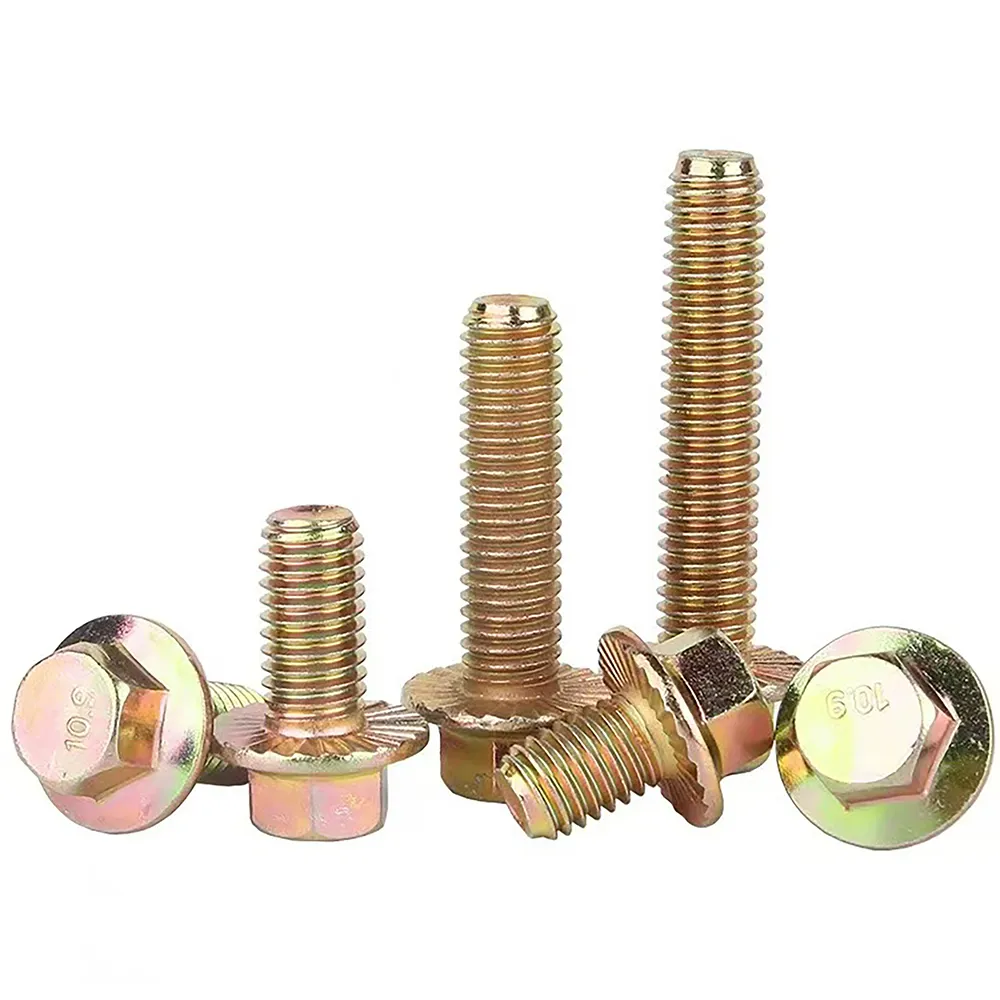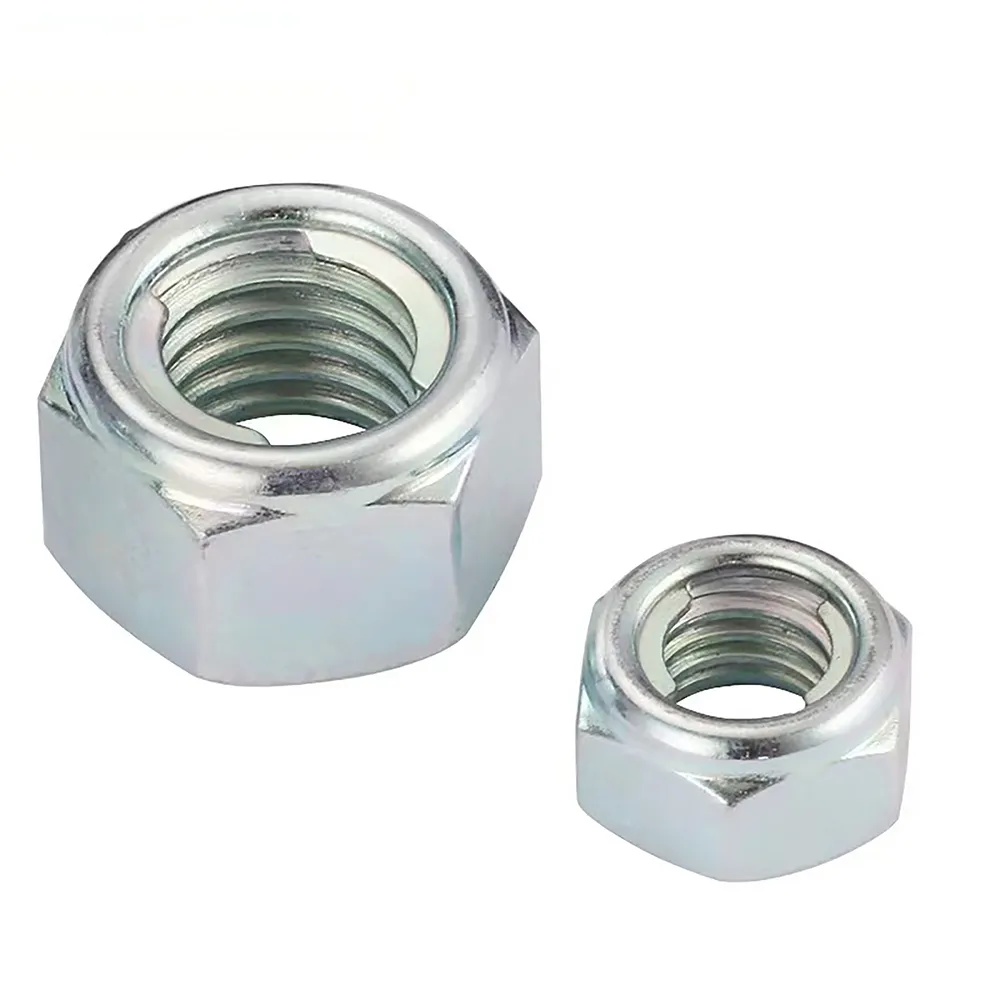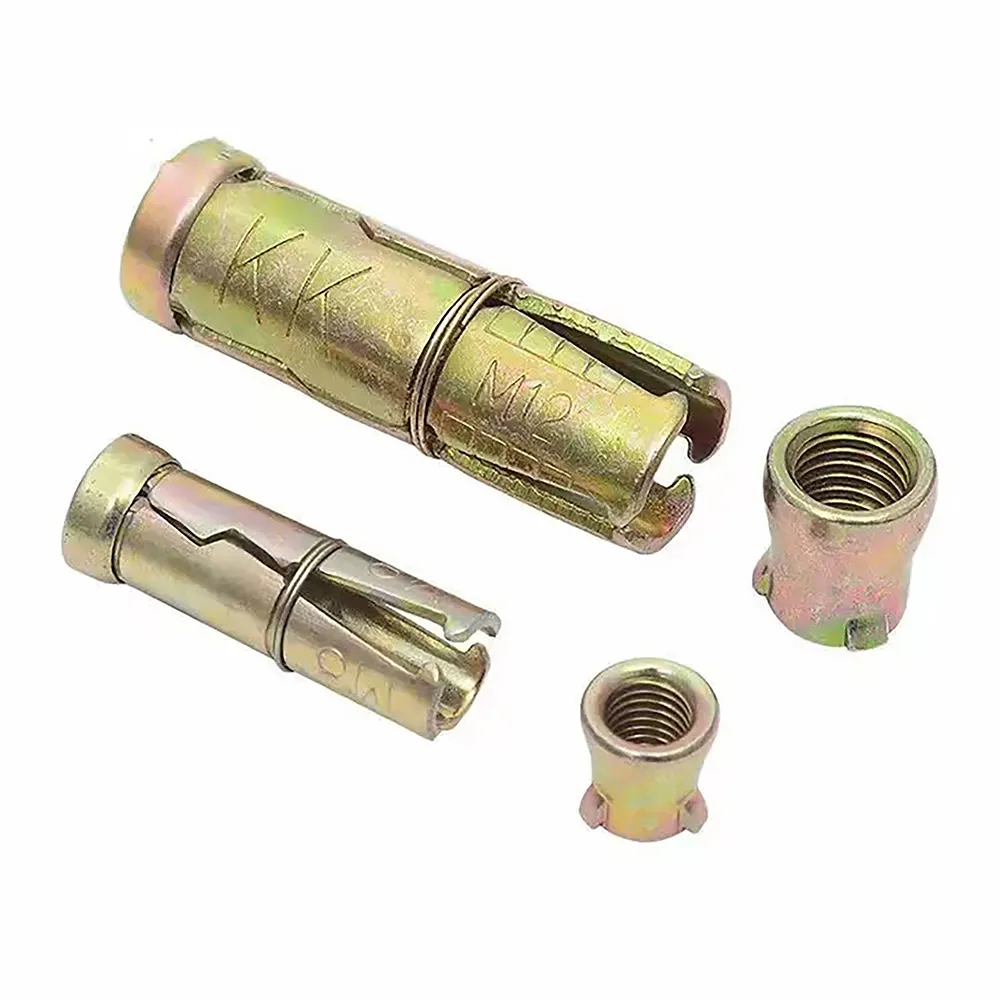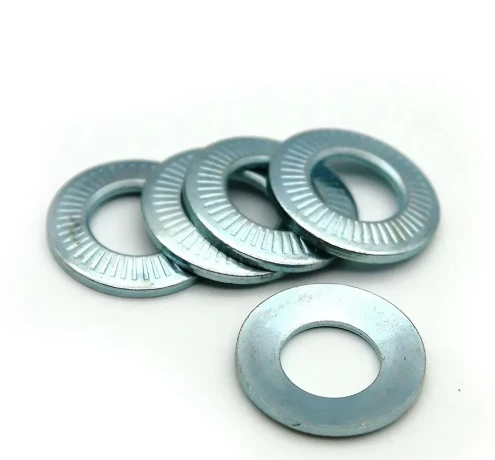Exploring the Versatility and Precision of Crown Hex Nuts and High Crown Cap Nuts
In the realm of industrial fasteners, the choice of components significantly impacts system integrity, longevity, and aesthetic appeal. Among the critical elements, the crown hex nut and high crown cap nut stand out for their specialized design and functional advantages. These fasteners, also widely known as dome cap nuts or acorn nuts, are engineered not only to secure threaded connections but also to protect them from environmental damage and enhance the overall appearance of an assembly. Their unique dome shape covers the exposed threaded ends of bolts, preventing snagging, injury, and corrosion while providing a clean, finished look.
The market for these specialized nuts is continually evolving, driven by advancements in materials science and manufacturing technologies. Current industry trends indicate a growing demand for fasteners that offer superior corrosion resistance, enhanced security features, and a wider range of aesthetic finishes. This shift is particularly pronounced in sectors where equipment is exposed to harsh conditions or where visual quality is paramount. Both the crown hex nut and the high crown cap nut are pivotal in meeting these evolving industrial requirements, offering robust solutions for complex engineering challenges.
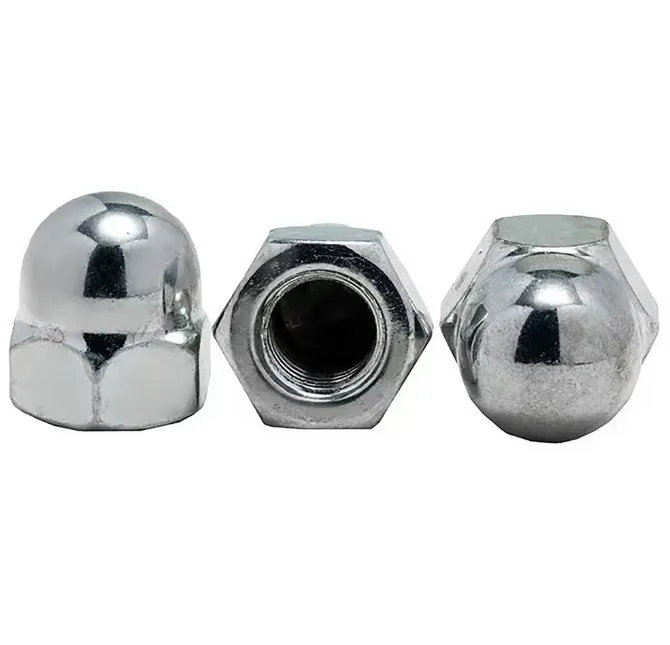
Technical Specifications and Material Excellence
The performance of a crown hex nut or high crown cap nut is intrinsically linked to its technical specifications and the quality of materials used in its construction. These nuts are typically manufactured from a diverse range of materials, including various grades of stainless steel (e.g., 304, 316), brass, nylon, and other engineered plastics, each selected for specific application requirements. For instance, stainless steel variants offer exceptional resistance to rust and chemical degradation, making them ideal for marine or chemical processing environments. Nylon alternatives, on the other hand, provide excellent electrical insulation and vibration dampening properties.
Standardization plays a crucial role in ensuring interchangeability and compatibility. These fasteners often conform to international standards such as DIN 1587 (for cap nuts with dome) or ANSI B18.2.2 (for hex nuts), ensuring their suitability across global manufacturing operations. Key parameters include thread size (e.g., M4 to M36, #4-40 to 1-inch), pitch, height of the dome, and wrench size. Understanding these technical nuances is vital for engineers to select the appropriate crown hex nut or high crown cap nut for their specific design requirements, guaranteeing optimal fit and performance.
Typical Crown Hex Nut / High Crown Cap Nut Parameters
|
Parameter |
Description |
Common Ranges / Standards |
|
Material |
Composition providing strength, corrosion resistance, specific properties. |
Stainless Steel (304, 316, A2, A4), Brass, Nylon, Zinc Plated Steel, Chromed Steel. |
|
Thread Size |
Diameter and pitch of the internal thread. |
M3 to M36 (Metric), #4-40 to 1-inch (Imperial). Fine and Coarse threads available. |
|
Standard |
Governing dimensional and mechanical properties. |
DIN 1587 (Dome Cap Nut), ANSI B18.2.2 (Hex Nuts), ISO 887. |
|
Height (H) |
Overall vertical dimension of the nut, including the dome. |
Varies significantly by thread size and standard, typically 1.2-2.5 times thread diameter. |
|
Wrench Size (s) |
The distance across the flats for tightening. |
Corresponding to thread size, e.g., M8 -> 13mm, M12 -> 19mm. |
|
Finish |
Surface treatment for aesthetics and added protection. |
Polished, Passivated, Chrome Plated, Zinc Plated (Clear, Yellow, Black), Black Oxide. |
Precision Manufacturing: Crafting the Crown Hex Nut and High Crown Cap Nut
The manufacturing of a high-quality crown hex nut or high crown cap nut involves a multi-stage process that ensures dimensional accuracy, material integrity, and optimal performance. This journey typically begins with the selection of premium raw materials, such as high-grade steel wire or brass rods, which are chosen based on the desired mechanical properties and environmental resistance. The primary shaping methods employed include cold forging and hot forging, depending on the material and required size. Cold forging enhances material strength and provides excellent surface finish, while hot forging is suitable for larger dimensions and complex geometries, allowing for greater material flow.
Following the initial shaping, the nuts undergo precise machining operations, often utilizing advanced CNC (Computer Numerical Control) machines, to create accurate threads and achieve the distinctive dome shape of the crown hex nut. Heat treatment processes, such as quenching and tempering, are then applied to steel nuts to achieve specific hardness and strength specifications, enhancing their durability and service life. Surface treatments, including galvanization, chrome plating, or passivation, are crucial for adding corrosion resistance and aesthetic appeal, extending the product's lifespan in harsh industrial environments such as petrochemical plants, metallurgy, and water/wastewater treatment facilities. Rigorous quality control, adhering to standards like ISO 9001 and ANSI specifications, is maintained throughout, encompassing dimensional checks, material composition analysis, and mechanical property testing to guarantee consistency and reliability.
Manufacturing Process Flow for Crown Hex Nuts / High Crown Cap Nuts
Step 1: Raw Material Selection & Preparation
- Materials:High-grade Stainless Steel (304, 316), Carbon Steel, Brass, Nylon.
- Process:Material inspection (chemical composition, mechanical properties) to meet ISO/ASTM standards. Wire drawing or rod cutting to appropriate lengths.
Step 2: Forming (Cold/Hot Forging)
- Cold Forging:High-speed machines form the basic shape of the crown hex nut by upsetting and piercing, creating the hexagonal head and initial hole. Enhances material grain structure.
- Hot Forging:For larger nuts or specific materials, material is heated and then formed, allowing for easier shaping and stress relief.
Step 3: Thread Rolling & Dome Forming
- Thread Rolling:A highly efficient process where threads are formed by rolling the blank between dies. This cold-working process increases thread strength and surface finish.
- Dome Forming:Specialized tooling shapes the distinctive high crown dome, enclosing the threaded end perfectly.
Step 4: Heat Treatment (for steel nuts)
- Process:Quenching (rapid cooling) and Tempering (reheating to specific temperature) to achieve desired hardness, toughness, and ductility. Critical for fasteners used in high-stress applications.
Step 5: Surface Treatment / Finishing
- Options:Zinc plating (clear, yellow, black), Nickel plating, Chrome plating, Black oxide coating, Passivation (for stainless steel). Enhances corrosion resistance, wear resistance, and aesthetics.
Step 6: Inspection & Packaging
- Quality Control:Dimensional checks (using gauges, calipers, optical inspection), thread integrity tests, material composition verification (XRF), hardness testing, torque testing. Conforms to ISO, ANSI, DIN, JIS standards.
- Packaging:Secure packaging to prevent damage during transit, often with protective coatings or desiccant for long-term storage.
Technical Advantages and Diverse Application Scenarios
The inherent design of the crown hex nut and high crown cap nut offers several distinct technical advantages over standard nuts, making them indispensable in various demanding applications. Primarily, their dome-shaped cap effectively shields the exposed thread ends from moisture, dust, and corrosive agents, significantly reducing the risk of rust and environmental degradation. This protection extends the fastener's service life and maintains the integrity of the bolted joint, crucial in industries like petrochemicals and wastewater treatment where chemical exposure is common. Furthermore, the smooth, domed surface eliminates sharp edges, preventing injuries during assembly or operation, and provides a polished, professional aesthetic, which is particularly valued in consumer goods and architectural applications.
These specialized nuts find extensive use across a spectrum of industries. In the automotive sector, they are employed in exterior components, engine bays, and interior trim where both functionality and appearance are critical. For heavy machinery and industrial equipment, such as those in metallurgy and mining, the enhanced protection against contamination ensures reliable operation in dusty and harsh environments. The decorative aspect makes them a preferred choice for furniture assembly, architectural fittings, and consumer electronics. Their resistance to loosening, often augmented by internal locking features, also makes the high crown cap nut suitable for applications subject to vibration, bolstering safety and operational efficiency.
Data-Driven Performance Insights: Crown Hex Nut Technical Indicators
In evaluating the suitability of a crown hex nut for a given application, a data-driven approach is essential. Key technical indicators provide a quantitative understanding of performance, durability, and cost-effectiveness. For instance, tensile strength and proof load data, often derived from rigorous testing conforming to ISO 898-2 or ASTM standards, directly correlate to the nut's ability to withstand axial loads without permanent deformation. Corrosion resistance, measured through salt spray tests (e.g., ASTM B117), quantifies the protective capability of different material grades and finishes in saline or humid environments. These metrics allow engineers to compare different `crown hex nut` options systematically.
Furthermore, understanding torque-tension relationships is crucial for accurate installation and preventing over-tightening or loosening. Manufacturers often provide coefficient of friction data for various platings, enabling more precise torque specifications. For example, a zinc-plated high crown cap nut will have different torque requirements than a passivated stainless steel one. Energy efficiency is also indirectly impacted by fastener choice; a durable, corrosion-resistant nut reduces maintenance cycles and associated energy consumption. By analyzing these performance indicators, businesses can make informed decisions that optimize system reliability, reduce operational costs, and enhance overall product quality.
Comparative Analysis: Key Performance Metrics for Crown Hex Nuts (M10, Stainless Steel 304 vs. Brass)
|
Metric |
Stainless Steel 304 |
Brass (CuZn37) |
|
Tensile Strength (MPa) |
520-720 |
310-480 |
|
Yield Strength (MPa) |
205-480 |
120-250 |
|
Corrosion Resistance (Salt Spray, Hours to Red Rust) |
>1000 (Passivated) |
>100 (Natural) |
|
Electrical Conductivity (% IACS) |
~2.5 |
~27 |
|
Magnetic Property |
Non-magnetic |
Non-magnetic |
Visualizing Crown Hex Nut Material Preference (Simulated Pie Chart Data)
Based on a simulated market survey of industrial procurement managers, material preferences for high crown cap nut types are distributed as follows:
- ■Stainless Steel (304/316): 45%
- ■Zinc Plated Steel: 30%
- ■Brass: 15%
- ■Nylon/Plastic: 5%
- ■Other Alloys: 5%
(Note: Actual pie chart would render here with visual segments representing these percentages.)
Strategic Sourcing: Manufacturer Comparison and Custom Solutions
When sourcing crown hex nut and high crown cap nut products, selecting the right manufacturer is paramount to ensure quality, consistency, and compliance. B2B decision-makers should evaluate potential suppliers based on several critical factors beyond just price. Key considerations include the manufacturer's adherence to international quality standards (e.g., ISO 9001, IATF 16949 for automotive), their material sourcing ethics, and their track record of delivering consistent product quality. Technical capabilities, such as advanced manufacturing processes (cold heading, CNC machining), specialized finishing options, and robust quality control systems, are also vital indicators of a reliable partner.
Furthermore, the ability to provide customized solutions is a significant differentiator. Many applications require fasteners with specific dimensions, unique material compositions, or specialized coatings that are not available off-the-shelf. A manufacturer capable of offering tailored crown hex nut designs – whether it's a specific thread form, an unusual dome height, or a proprietary anti-corrosion finish – can provide immense value. Our company, with over two decades of experience in precision fastener manufacturing, excels in delivering bespoke solutions, working closely with clients from initial design consultation to final production, ensuring the exact requirements for performance and aesthetic are met. This collaborative approach minimizes risks and optimizes the integration of fasteners into complex assemblies.
Application Case Studies and Client Trust
Our expertise in providing high-performance crown hex nut and high crown cap nut solutions is demonstrated through numerous successful application cases across diverse industries. For a leading automotive OEM, we developed custom stainless steel high crown cap nuts with an integrated thread-locking feature for critical engine compartment assemblies. These nuts not only provided superior vibration resistance but also offered enhanced corrosion protection against road salt and engine fluids, significantly improving the longevity and reliability of their vehicles. The client reported a 15% reduction in warranty claims related to fastener failure after implementing our custom solution.
In another instance, for a major municipal water treatment facility, we supplied large-diameter bronze crown hex nuts for securing large pipeline flanges. Given the highly corrosive environment of treated wastewater, the superior corrosion resistance of bronze, combined with the protective dome design, ensured the integrity of critical infrastructure, preventing leaks and reducing maintenance downtime. Customer feedback consistently highlights our commitment to quality, timely delivery, and responsive technical support. "The durability and aesthetic finish of their cap nuts exceeded our expectations, simplifying installation and greatly improving the final product's appearance," stated a project manager from a prominent furniture manufacturer, underscoring our ability to deliver value beyond mere specifications.
Building Trust: Quality Assurance, Warranty, and Support
Establishing and maintaining trust with B2B clients is foundational, particularly in the critical domain of industrial fasteners. Our commitment to quality is underpinned by rigorous adherence to international certifications such as ISO 9001:2015, which governs our entire manufacturing and quality management system. Furthermore, our products, including every crown hex nut and high crown cap nut, are manufactured to meet or exceed relevant ANSI, DIN, and JIS standards, and where applicable, industry-specific certifications like ASTM for material strength and FDA compliance for specialized applications. Our partnerships with raw material suppliers are vetted for ethical sourcing and material quality, ensuring that only premium inputs are used.
We offer comprehensive warranty coverage on all our fasteners, guaranteeing them against manufacturing defects and material flaws for a specified period, typically ranging from 1 to 5 years depending on the product line and application. Our delivery cycles are optimized for efficiency, with standard orders processed within 2-4 weeks and expedited options available for urgent requirements, ensuring minimal disruption to client project timelines. A dedicated customer support team and technical specialists are always available to provide expert advice, address queries, and offer post-sales assistance, reinforcing our commitment to long-term client relationships and unwavering product reliability.
Professional Q&A: Crown Hex Nut and High Crown Cap Nut Insights
Q1: What is the primary difference between a standard hex nut and a high crown cap nut?
A standard hex nut leaves the end of the bolt exposed, whereas a high crown cap nut (or dome cap nut) features a protective, enclosed dome on one end. This dome serves to cover and shield the bolt's threaded end, preventing damage, corrosion, and providing a safer, more aesthetic finish. This makes the crown hex nut ideal for applications where appearance, protection, and safety are paramount.
Q2: What materials are commonly used for crown hex nuts and high crown cap nuts?
Common materials include stainless steel (grades 304, 316 for corrosion resistance), carbon steel (often zinc-plated for protection), brass (for conductivity and specific aesthetic/corrosion needs), and sometimes nylon or other plastics for electrical insulation or lightweight applications. The choice of material for a high crown cap nut depends entirely on the environmental conditions and required mechanical properties.
Q3: How do inspection standards like ISO and ANSI apply to these nuts?
ISO (International Organization for Standardization) and ANSI (American National Standards Institute) provide universal guidelines for fastener dimensions, mechanical properties, and testing methods. For instance, DIN 1587 is a common ISO/DIN standard for domed cap nuts. Adherence to these standards ensures global interchangeability, consistent quality, and reliable performance of every crown hex nut, facilitating international trade and engineering.
Q4: Can crown hex nuts be used in high-temperature environments?
Yes, depending on the material. Stainless steel crown hex nuts, particularly those made from specialized alloys like 316 or high-nickel alloys, are suitable for elevated temperatures. However, specific temperature limits vary greatly by material grade and coating, so consulting material data sheets is crucial for applications involving extreme heat.
Q5: What are the typical finishes available for crown hex nuts to enhance corrosion resistance?
Common finishes include zinc plating (clear, yellow, black), nickel plating, chrome plating, and black oxide. For stainless steel high crown cap nuts, passivation is a common treatment that enhances their natural corrosion resistance by removing free iron from the surface, forming a protective passive layer. These finishes are selected based on the specific corrosive agents present in the application environment.
Q6: Are customized crown hex nut solutions available for unique applications?
Absolutely. Many manufacturers offer custom solutions for crown hex nut designs, including specific thread sizes, dome heights, materials, unique finishes, or even integrated features like pre-applied thread lockers. This allows for precise tailoring to meet challenging application requirements where standard off-the-shelf products might not suffice, ensuring optimal fit and performance.
Q7: What is the typical service life of a high crown cap nut in industrial settings?
The service life of a high crown cap nut varies significantly based on material, application environment (e.g., exposure to chemicals, humidity, temperature fluctuations), applied load, and maintenance. High-quality stainless steel nuts in a moderately corrosive environment can last for decades. In highly aggressive environments, engineered plastics or specific alloys might offer better longevity. Regular inspection and proper installation are key to maximizing service life.
Conclusion: The Indispensable Role of Precision Crown Hex Nuts
The crown hex nut and high crown cap nut represent more than just fasteners; they embody precision engineering, protective design, and aesthetic finishing critical for myriad industrial and decorative applications. From safeguarding vital connections in petrochemical infrastructure to adding a refined touch in high-end automotive assemblies, their unique attributes deliver tangible value in terms of enhanced safety, extended component lifespan, and superior visual appeal. As industries continue to demand greater reliability and customization, the strategic selection and deployment of these specialized nuts will remain a cornerstone of robust and efficient engineering solutions. Partnering with a manufacturer proficient in both standard and bespoke offerings ensures that every assembly benefits from the optimal fastener solution, contributing to overall system integrity and performance excellence.
References:
- Smith, J. (2022). "Advances in Fastener Materials for Corrosive Environments." Journal of Industrial Engineering and Materials Science, Vol. 15, No. 3, pp. 112-128.
- International Organization for Standardization. (2020). ISO 898-2: Mechanical properties of fasteners made of carbon steel and alloy steel - Part 2: Nuts with specified proof load values - Coarse thread and fine pitch thread.
- American Society for Testing and Materials. (2023). ASTM B117: Standard Practice for Operating Salt Spray (Fog) Apparatus.
- European Committee for Standardization. (2018). DIN 1587: Domed cap nuts - Product grade A.
- Miller, D. (2021). "The Role of Surface Treatments in Fastener Longevity and Performance." Materials Science and Engineering Reports, Vol. 8, No. 1, pp. 45-62.
Who We Are: The Right Fastener Partner for Global SMEs
Handan Boen Fastener Manufacturing Co., Ltd. (Est. 2010) specializes in producing standardized industrial fasteners, including bolts, nuts, washers, and other essential components. We provide cost-effective for small and medium-sized buyers in industries such as automotive parts, agricultural machinery, and construction.
